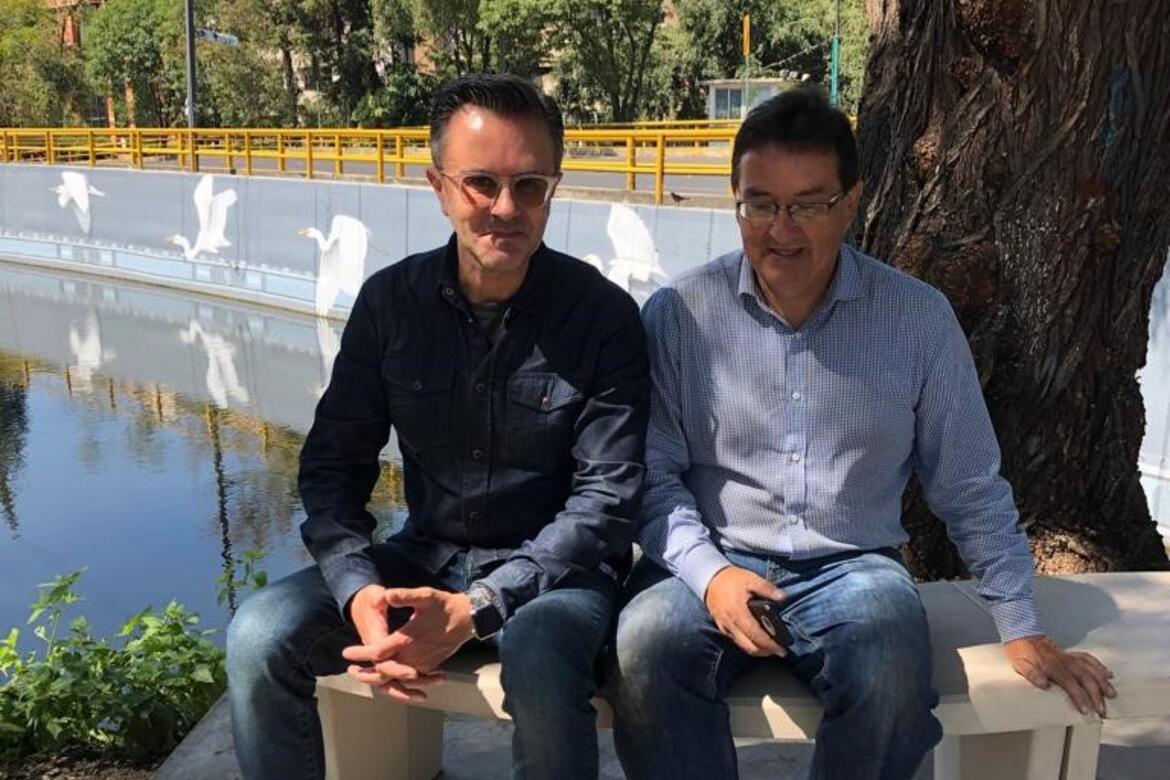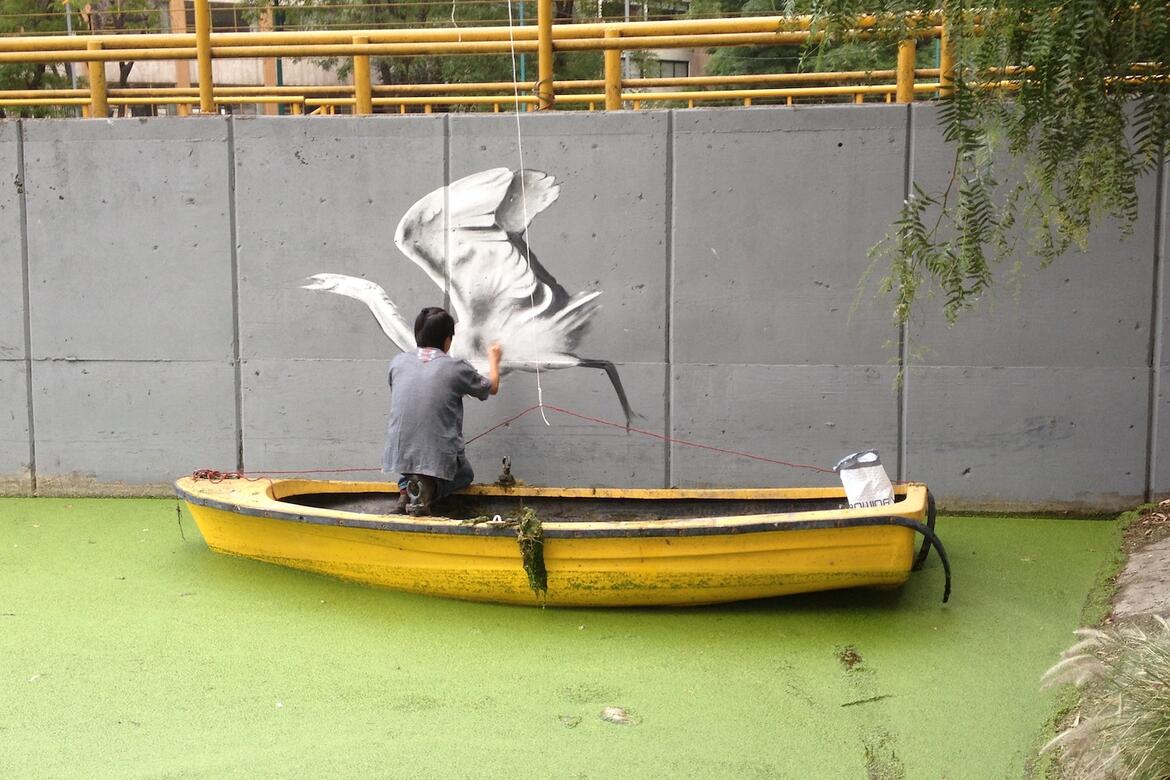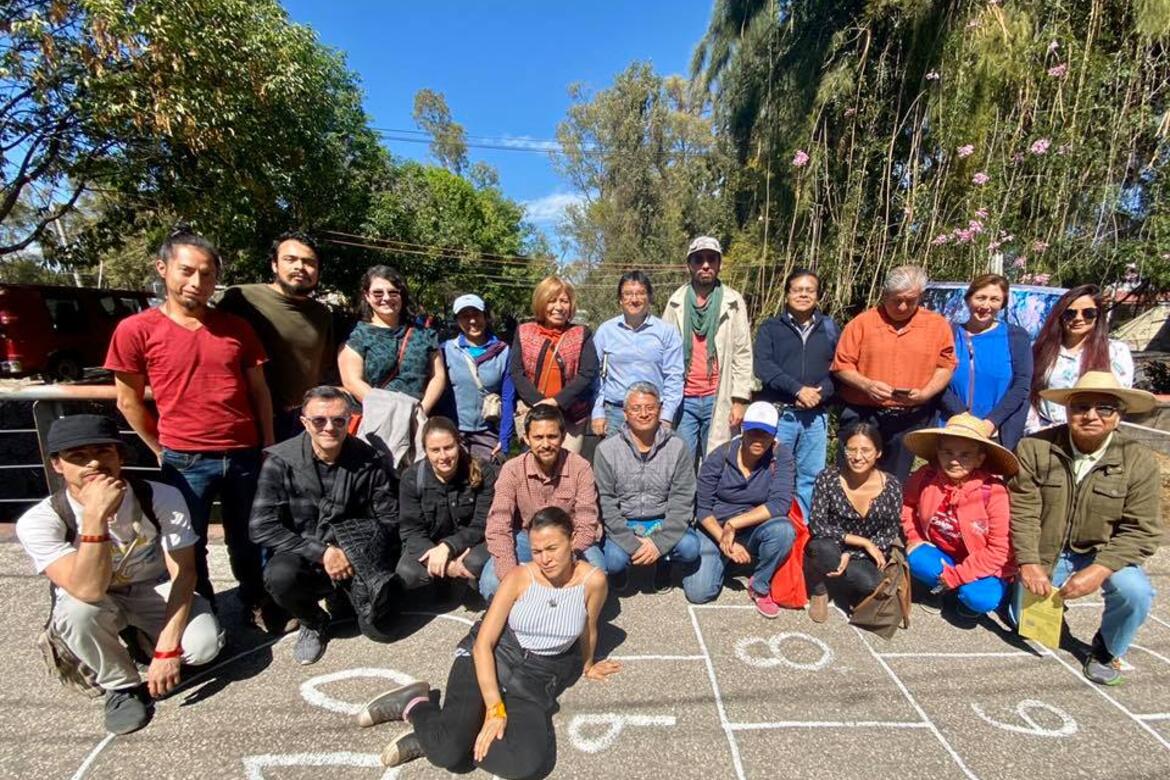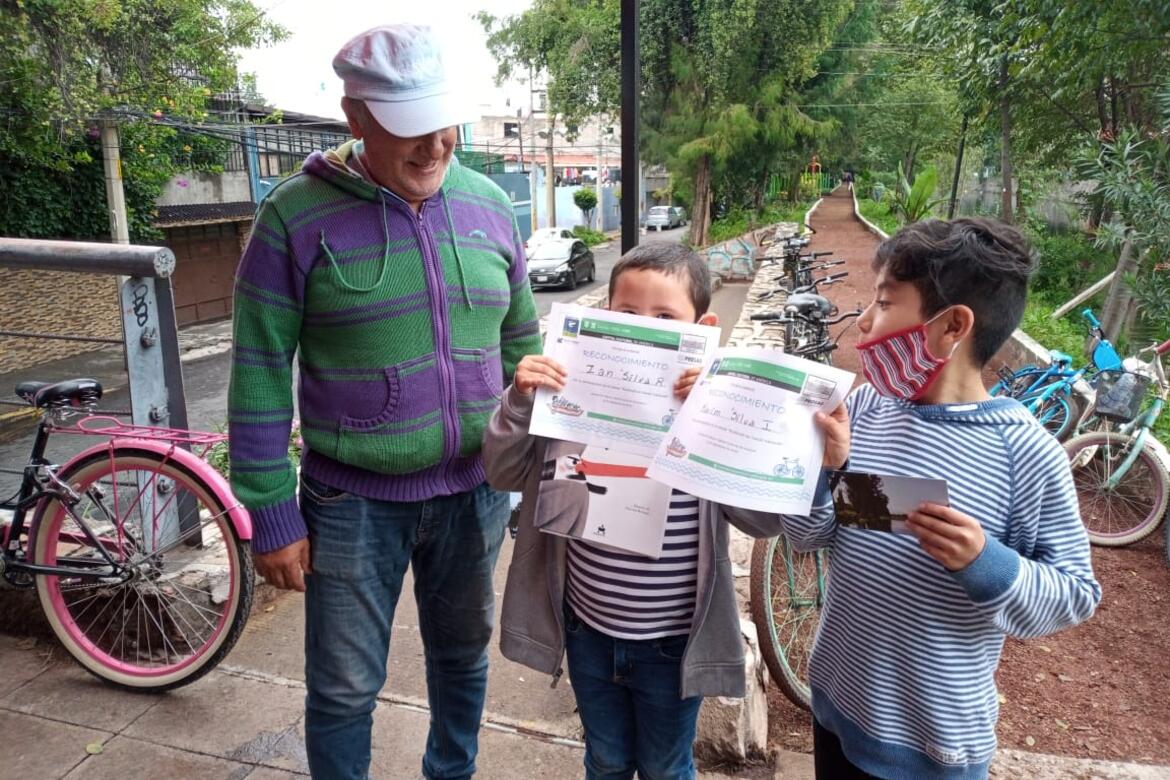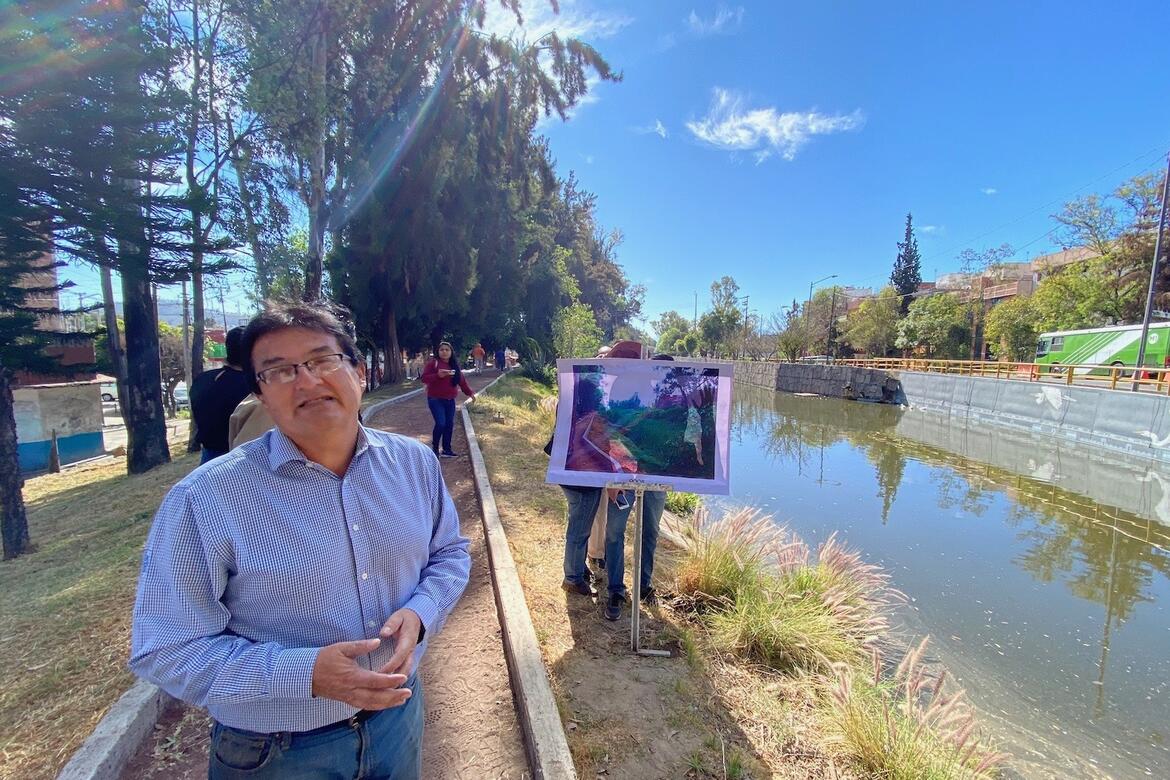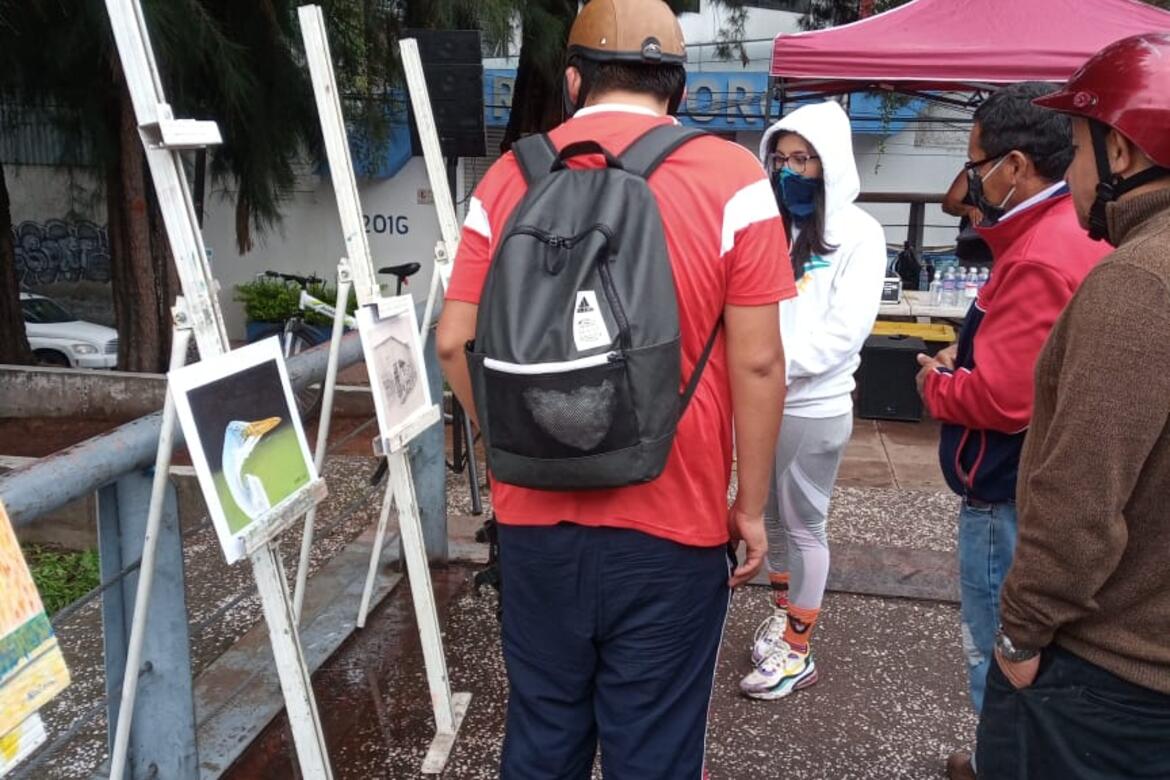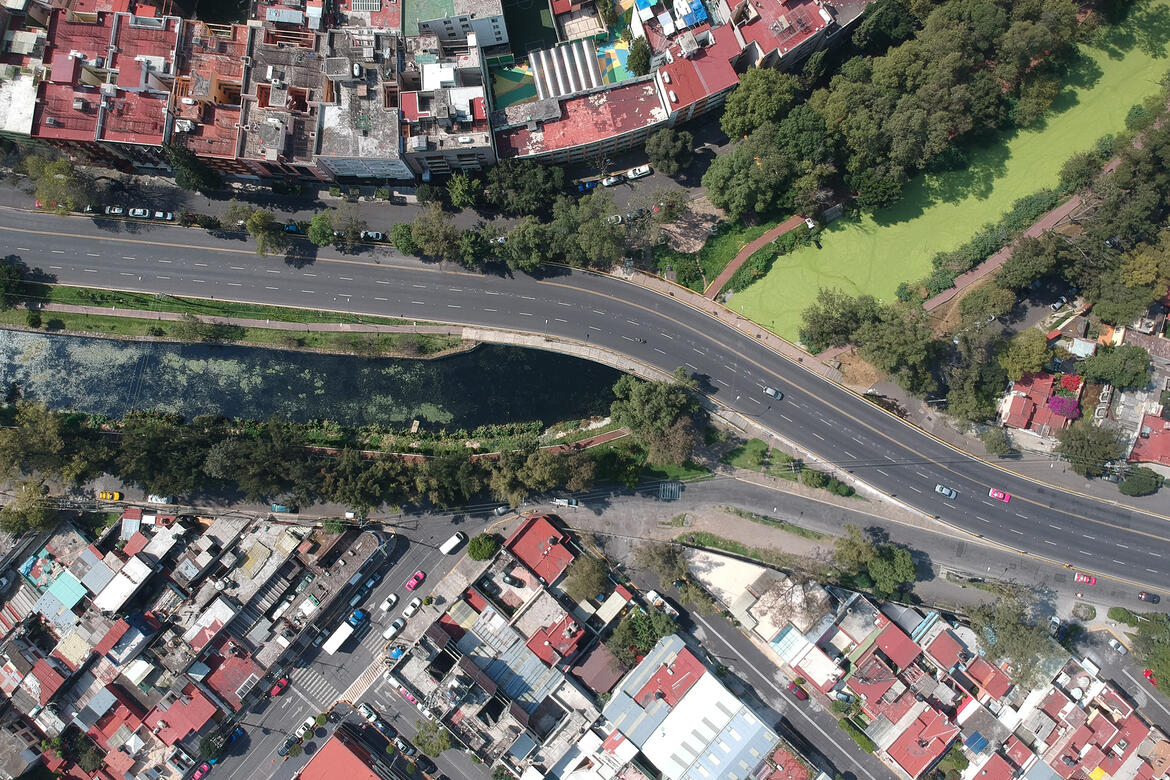On My Watch: Canal Nacional
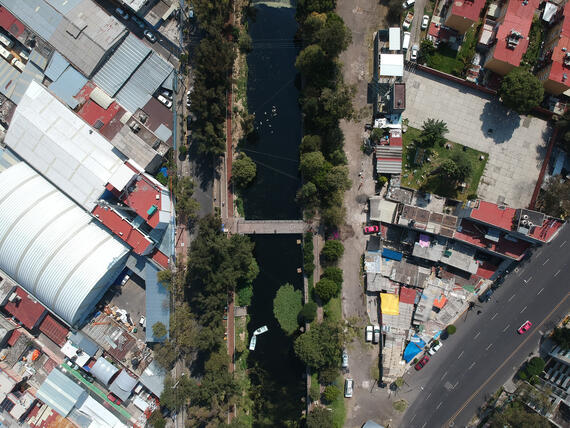
“The story of Tenochtitlán, the Nahuatl name for Mexico, is written in water.” - Marco Coello, Watch nominator
Over 2,000 years old, Mexico City’s Canal Nacional is one of the last examples of the extensive network of canals which ran through the city before its expansion in the 20th century. After the city revealed plans to transform it into an expressway, local neighbors and specialists came together to protect the site. This led to its selection as one of 16 public spaces to be recovered under Mexico City's 2019-2024 Environmental and Climate Change program. Community groups like the Fundacion López de La Rosa, leading the recovery effort, are now working to ensure they have a say in the future of the unique canal.
Canal Nacional was included on the 2020 World Monuments Watch and supported by American Express to encourage the actions of local stakeholders and residents to save the site and insert it into a strategy of revitalization and sustainable urban development.
Marco Coello, nominator of Canal Nacional to the 2020 Watch, Principal at C Cúbica Arquitectos, Design Week Mexico, and Edmundo López de la Rosa, Director of the Fundacion López de La Rosa, told us about the significance of the site and the project to preserve it.
--------------------------------
Marco Coello
Nominator of Canal Nacional to the 2020 Watch, Principal at C Cúbica Arquitectos, Design Week Mexico
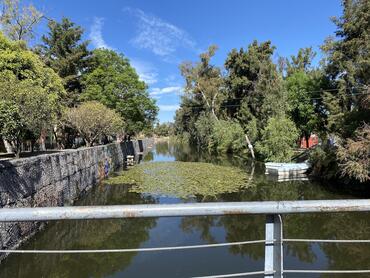
Why do you think Canal Nacional is worthy of protection and investment?
The story of Tenochtitlán, the Nahuatl name for Mexico, is written in water. The city was originally built on water. Now all the waterways, rivers and channels were filled to make way for new streets and highways for vehicles. Canal Nacional is the last remaining waterway of its kind. It is the best kept secret in Mexico City.
Canal Nacional is a unique place where environment, history, and urban heritage come together with the local community. In a city that is struggling to become more walkable, safe, and human, it's an opportunity for a New Urban development model in tune with nature and social development.
The community of Canal Nacional inspires me the most, it is them who recognize the importance of this Historical Urban Landscape as a fundamental part of our past, preserving what is valuable, transforming respectfully and creating new opportunities, even in the most adverse of times.
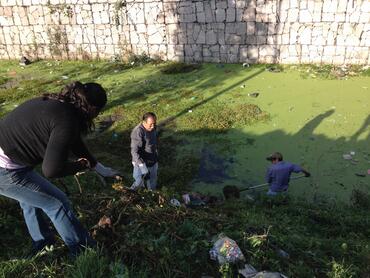
What is happening at the site, and how is the community involved in the work?
With the first 'stabilization' phase of the project concluded, we are now beginning the second phase. This is where the Fundación López de la Rosa and neighbors, those who originally who preserved Canal Nacional with cleaning brigades, environmental, cultural and artistic programs, will be most active. The community plays an important role in Canal Nacional, and Design Week Mexico believes that they should continue to be involved in the programs and public policies for Canal Nacional. Several meetings have been held with the local secretariat of culture, tourism, environment, and water.
What impact do you hope your partnership with WMF will have on this project?
WMF will work on the integration and implementation of community programs on heritage, the environment, the arts, and culture for the preservation of Canal Nacional. These programs will ensure that construction by the local government will be embraced by the local community and help give the project local and international visibility.
What is the impact you hope this project will have on the site, visitors, and the community?
The project will benefit over 8 million people including neighbors, original towns, workers, and visitors of Canal Nacional. It will empower the community through the individual and collective appropriation of the site.
Edmundo López de la Rosa
Director of the Fundacion López de La Rosa
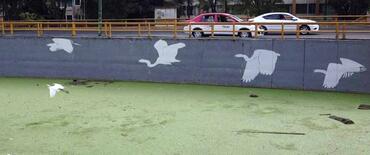
Swans alongside the canal, 2020. Courtesy of Fundacion López de la Rosa

What makes Canal Nacional special? Tell us a little about its history.
The Canal Nacional is a great cultural, historical and environmental heritage site of Mexico City. It is a fundamental part of Xochimilco and was inscribed on the UNESCO World Heritage list in 1987. The Canal Nacional is the most important navigable canal in use built by indigenous peoples in the history of Mexico City and the only heritage of its kind that survives in the urban settlement of Mexico City. According to archaeological evidence, it is possibly the oldest active navigable canal in the American Continent, estimated to have been built 2,000 years ago.
About 40% of its original length was destroyed between the 1930s and 1950s, and between the 1960s and the 1980s accelerated growth of the urban area of Mexico City ate away at more of the canal. In the 1990s it was a conduit for sewage and a large garbage dump. In 2002-2003, the government agency in charge of urban policy in Mexico City designed a project to close Canal Nacional and turn it into another street. This triggered a community movement in Mexico City; citizens began to organize to prevent its destruction and regain their ancestral greatness.
This is a great example of how the community came together to conserve this great world historical heritage. But there is still much to be done to guarantee future generations the use and enjoyment of the Canal Nacional, through support and national and international strategic alliances such as the World Monuments Fund.
What's that status of work at the site? What is the community doing to stay involved?
The project at Canal Nacional began in August 2019 with two stages. The first concluded in August 2020 and the second will start this September. The second is the community intervention phase in which World Monuments Fund (WMF) is involved. The community is meeting with the government to reach a consensus on the project, exchange ideas and proposals on future architectural interventions. We have established a good relationship with the government.
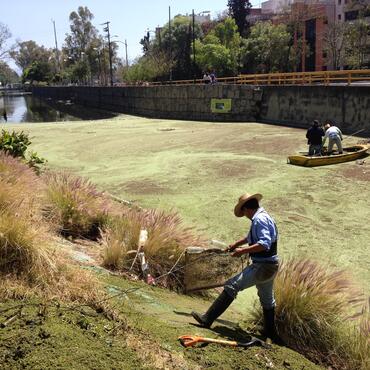
What will your work with WMF look like? What is it intended to achieve?
Work with WMF will focus on the implementation of community programs. Education, creativity, and sustainability programs will help form the character of young people so that they can assume the enormous challenge of taking care of their historical, cultural, and environmental heritage. These programs, accompanied by the city government, civil society organizations, indigenous peoples, private initiative, academia, creators and citizens in general, will contribute to the conservation of this great heritage, and to pass it on to future generations everywhere. In partnership with WMF, we will also develop the United Nations Sustainable Development Goals.
What is the impact you hope this project will have on the site, visitors, and the community?
The project will directly impact an estimated 200,000 people living next to the Canal Nacional in 4 indigenous towns and 23 neighborhoods and housing units. If we add the impact of the government investment project, the project has a potential reach of 8.5 million inhabitants. That's without taking into account the possible national and foreign visitors we hope to receive after the current pandemic.

